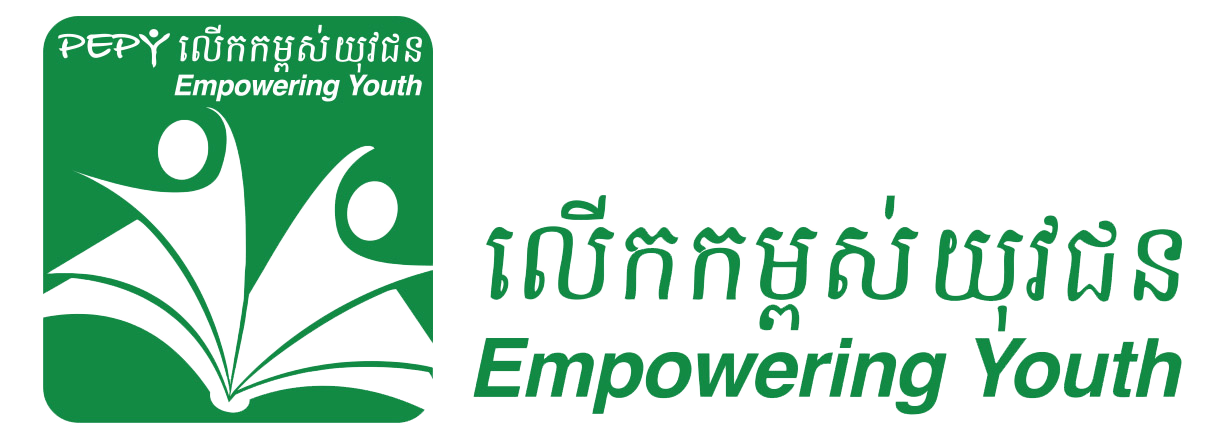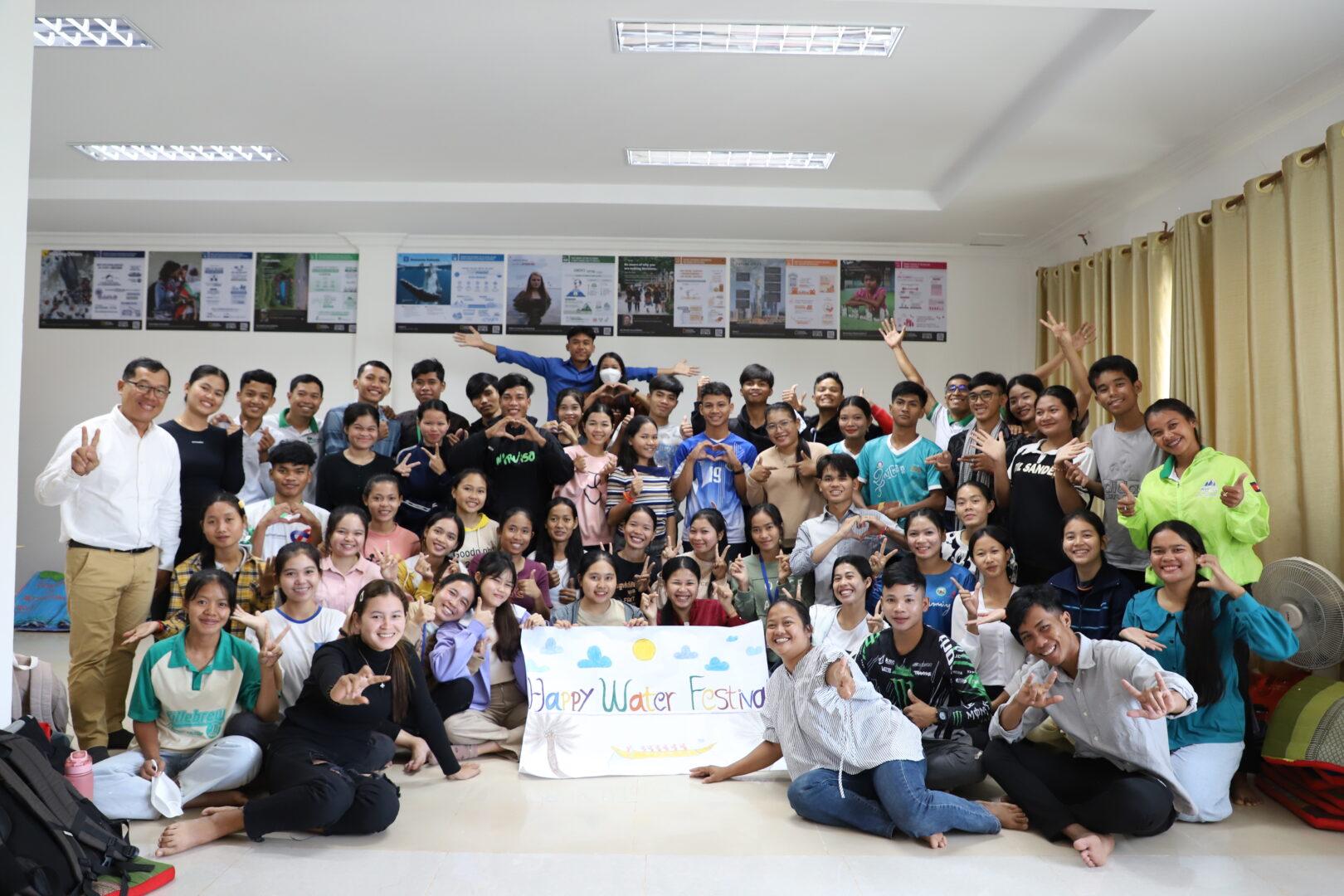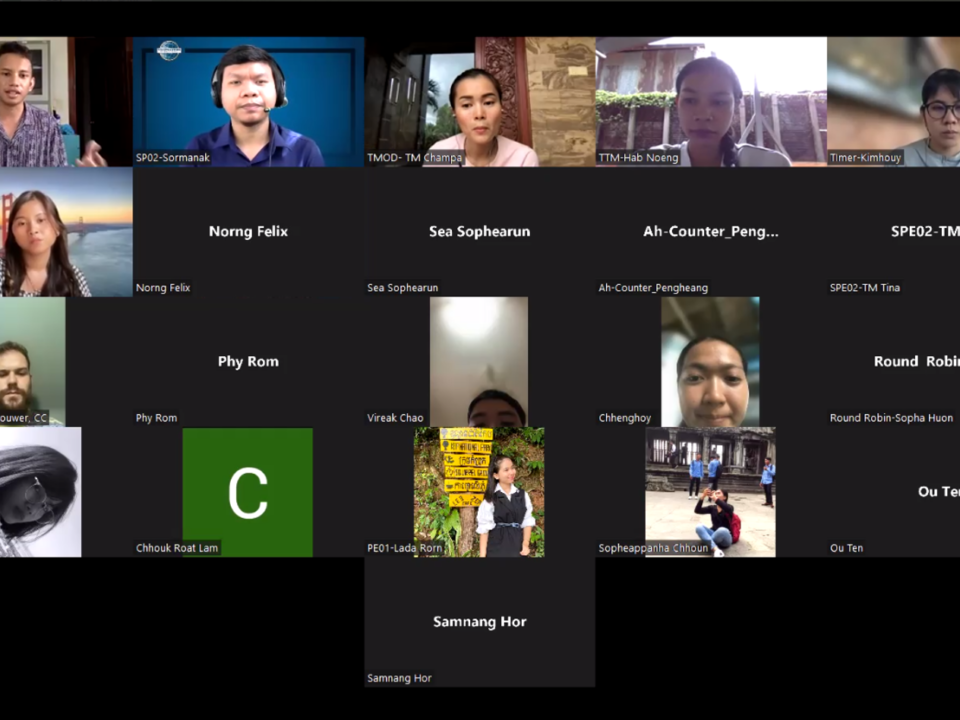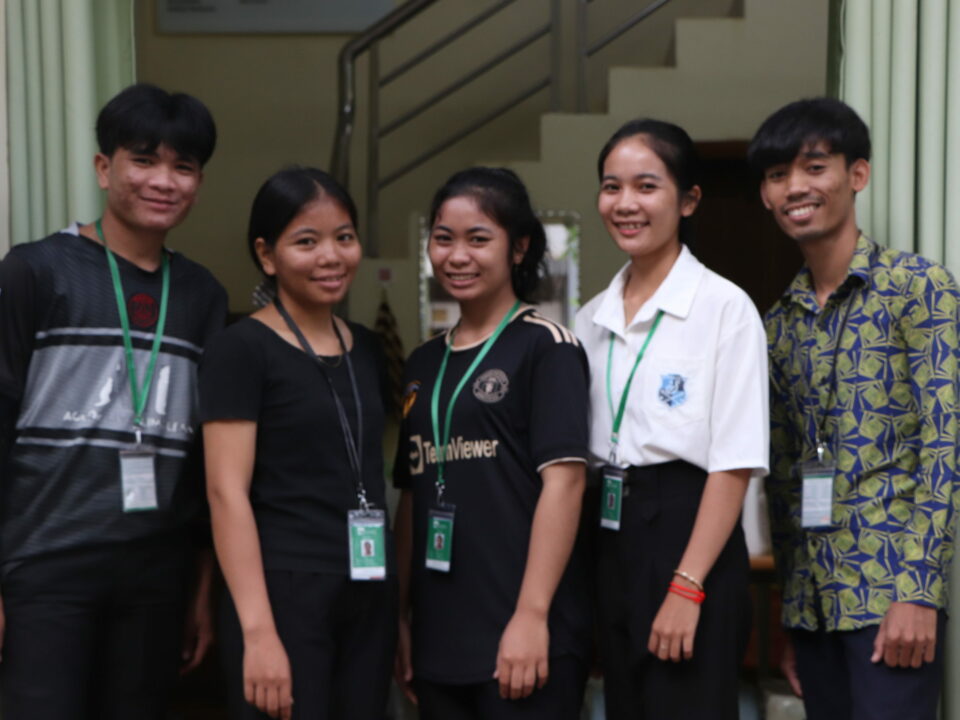Energy issues at Chanleas Dai Junior High
January 25, 2012This month’s original short story from Chanleas Dai
January 25, 2012Rethinking the dangerous practice of orphanage tourism
by Anna Baranova
I recently met with a trip leader from a leading international tour operator company. His cross-Indochina tour was stopping in Siem Reap for a couple of days and he happened to have the night off. During our meeting, I got to wondering how his tour group was spending its time during the few nights it was staying near the ancient city of Angkor. I wish I could say I was surprised by their choice of activity, but I was not; they were visiting a children’s orphanage to watch a traditional Apsara dance performed by the children.
I understand the draw to offer this type of tourism. Actually, at PEPY Tours, during our founding years, we used to support orphanage dance shows on our tours. It seemed like a great way to support youth, was often requested by travelers, and was often a heart-warming experience for trip participants. Having watched countless groups pay to visit orphanages, however, this heart-warming feeling has gradually faded into a strong concern for the rights and protection of children in Cambodia.
Orphanage tourism, as it is commonly referred to, has become a big business in Cambodia, as tourists funnel more and more money into these kinds of organizations. Unfortunately, this trend in turn creates a market for fraudulent orphanages and thus a demand for more “orphans”. In fact, the number of orphanages has grown at roughly the same rate as the number of tourists over the past five years, despite a decrease in the actual number of vulnerable children and orphans in Cambodia.
“How does this add up?” you might ask. Well, one fact most orphanages do not tell their visitors is that nearly three quarters of the children living in Cambodian “orphanages” still have at least one living parent. In “best cases” these are vulnerable children from severely poor or abusive families that genuinely seek refuge and protection from these institutions. In “worst cases” these children are “rented” or even “bought” from their families because they are perceived to be of more value to their families by earning money pretending to be a poor orphan than studying and eventually graduating from school. In many cases, parents are told that their child is going to be well taken care of, is going to be able to go to a good school, and that there will be funding provided to take care of their child. Parents willingly send their kids to these institutions believing it will provide their child with a better life. Unfortunately in very many cases, it will not.
Children in such orphanages are often intentionally kept in poor conditions to encourage more donations from well-meaning tourists, though little goes to benefit the children. Tourists often state that they want to help the “poorest orphanage”. However, by giving money to the orphanages with the most poverty-stricken appearance, they are fueling this process and incentivizing orphanages to keep their properties and children in an impoverished-looking state.
Funding corruption is not the only problem. Many such orphanages will also allow foreign visitors to have direct contact with the children, or even train children to perform skits – like the traditional dancing – for visitors’ entertainment. In most cases the orphanages do not perform criminal background checks on the visitors, employ experienced social workers, or have a strict child-protection policy in place, putting children in these environments at risk.
You might be thinking that this sounds really dangerous, and that’s because it is. Imagine if in a Western country, random strangers were allowed to walk into an orphanage or school whenever they felt like it, and to play with children unsupervised. Now imagine that was your child in that school. It sounds shocking and even outrageous. Now imagine that the school charged a fee for visitors to play with your children.
It seems so obviously wrong when you consider the situation in a Western context, so why do so many of us have the initial inclination to think this behavior is okay in Cambodia? Does it mean that all the foreign visitors who visit and support these orphanages are “bad”? Of course not! They are fueled by good intentions. The best among us, when we see a problem, we want to find a way to solve the problem. With an average stay of 2.2 days and a busy temple-hopping schedule, most people do not have the time or opportunity to get a deep understanding of the overwhelming amount of issues they encounter and unfortunately there are many smart people operating these systems who are anxious to exploit foreigners’ naïveté.
It is hard to see a child in need and resist the urge to do something, even if it is just giving money or an hour of your time. Over time, however, we had to come to terms with the fact that good intentions are not good enough. Research shows that short-term visits can cause harm to children’s development and emotional wellbeing, meaning that even good people can do long-term harm through their short-term involvement. “Even the best-intentioned tourists and volunteers are funding a system that is helping to separate children from their families,” says Richard Bridle, the country representative of UNICEF.
Even in cases where the children are being well taken care of, the growth of the orphanage system is continuing to pull children from their families. Experts advise that efforts should be directed to two kinds of programs: foster care for those true orphans who need it most; and programs which allow children in poor families (the majority) to stay with their parents instead of moving to "orphanages". In this way, we can build the support that children and young adults need without further damaging Cambodia’s family structure. The Khmer Rouge forced children and parents to separate, and it is ironic that now foreign aid which is usually claiming to “rebuild” Cambodia, is fueling the same problem. Adult skills training, school/health/training programs in rural communities where these youth come from, and other options exist which often cost less money than institutionalizing children while allowing them the benefit of outside support AND the support of their family.
Education is the key to making an informed decision for donors, potential volunteers, and parents. This is why child-centered organizations like Child Safe have recently put a lot of effort into creating easily-available and eye-catching educational resources, offering visitors facts about orphanage tourism as well as alternative ways to support Cambodian children. A group is also working on a similar campaign to educate Cambodian parents on the dangers of sending their children to schools promising a better life. A negative message is only as effective as the alternatives it provides. Child Safe, along with other similar organizations and even governments, prioritize family based care (foster care) over orphanages and offer suggestions on how visitors can support such programs. Regina Rivard's video highlights the need for us to rethink our increasing tourist/donor driven demand for the growth of orphanages here in Cambodia. Help us share this information and ensure that we collectively invest in a stable future for the youth of Cambodia, and remind everyone worldwide that “Children Are Not Tourist Attractions”.
For more information about this and many other child-centered initiatives, please visit the Child Safe campaign site and also read this article in the Guardian.




